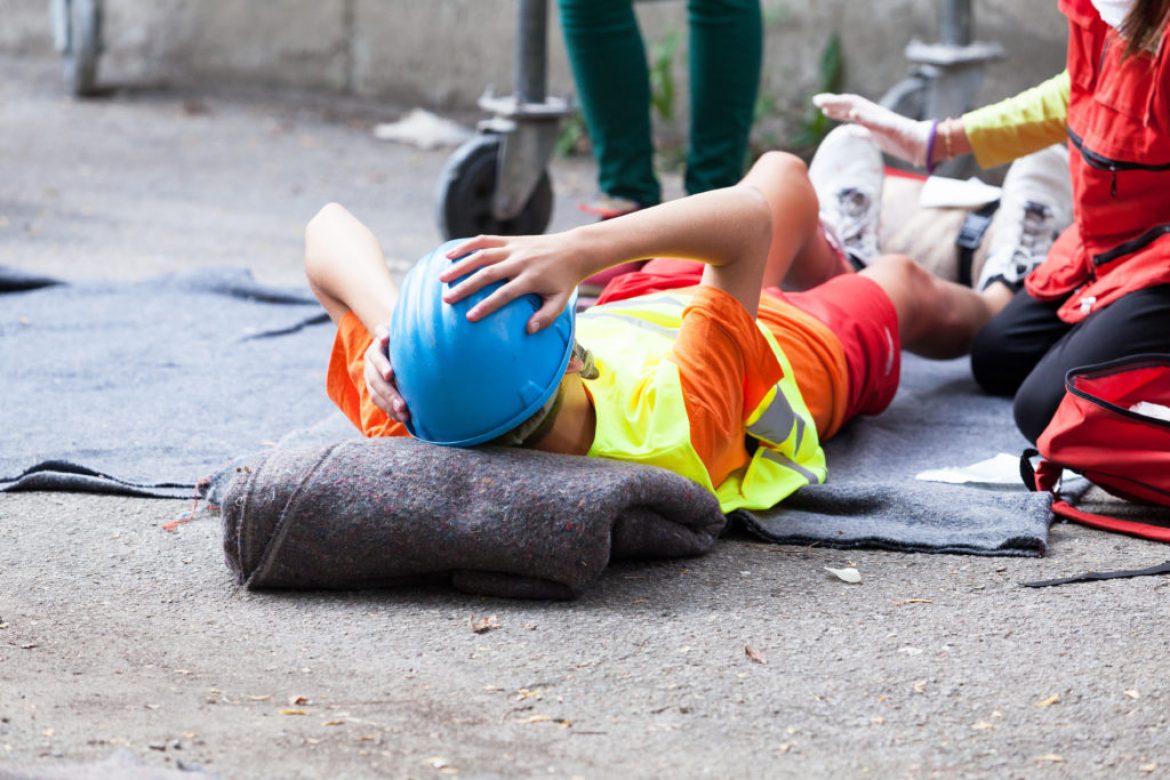The Fatal Four

Construction is a dangerous industry, with serious hazards, heavy machinery and regularly shifting job sites. Subcontractors rotate on and off a project, meaning the workers at a single job may have different employers—each with different safety expectations. In order to better understand safety shortfalls, the Occupational Safety and Health Administration (OSHA) tracks jobsite injuries and deaths. According to their 2019 numbers, one in five worker deaths in private industry were in construction. That’s more than 1,000 lives lost in preventable accidents.
Many of these deaths fall into what OSHA has called the “Fatal Four,” or, in an effort to be more proactive, the “Focus Four” hazards. That’s because these four areas account for the bulk of construction-related deaths and are prime spots to target when adopting new safety guidelines and jobsite training.
Falls
Falls are the top cause of death in construction. When workers survive, they often face long-term disability. But construction-related falls don’t have to happen. Employers should map out their fall protection strategy before the job even begins, protecting any workers who are more than 6 feet above a lower level. The correct ladders, scaffolding and personal fall arrest systems can all help avoid falls. Workers also need training on site expectations and how to use personal safety gear.
Struck-by incidents
Struck-by incidents are the second-most common cause of construction-related deaths, where a worker is either hit by a falling or flying object or struck by a piece of equipment or vehicle. To avoid accidents, worksites may be divided into zones, so that workers are only in areas with heavy machinery when they’re needed. Protective headgear, high visibility gear and work belts to secure tools may also help. Cranes pose a particular hazard. If there’s a crane onsite, workers should understand how to avoid the swing radius and never stand beneath a load.
Electrocutions
Construction workers are about four times more likely to be electrocuted than workers in all other industries combined, according to the CDC. While electricians and power line installers are the most likely to be electrocuted, HVAC workers, roofers and laborers have an elevated risk as well, usually due to contact with overhead or underground lines. Employers should set up safety guidelines when using temporary power on a job. It’s also critical to train all workers on electrical safety, even if they’re not working directly with power).
Caught in-between accidents
Trenching and excavation work is particularly dangerous, with excavation workers twice as likely to die as other construction workers. Cave-ins can easily suffocate or crush workers. They’re especially common when soil is unstable, there’s vibration from machinery or traffic, the excavated material is not handled properly or the weather changes. Caught in-between accidents happen when a worker’s body or clothes are caught in a machine, or when a worker is pinned by a vehicle. Safety training helps workers learn how to protect themselves and advocate for a safe jobsite.
Workers’ Compensation Attorney in Macon, Ga.
If you’ve been injured in a construction accident, we’re here to help. The Macon workers’ compensation attorneys at Buzzell, Welsh & Hill will help ensure your case is handled fairly. Contact us for a free consultation today.
